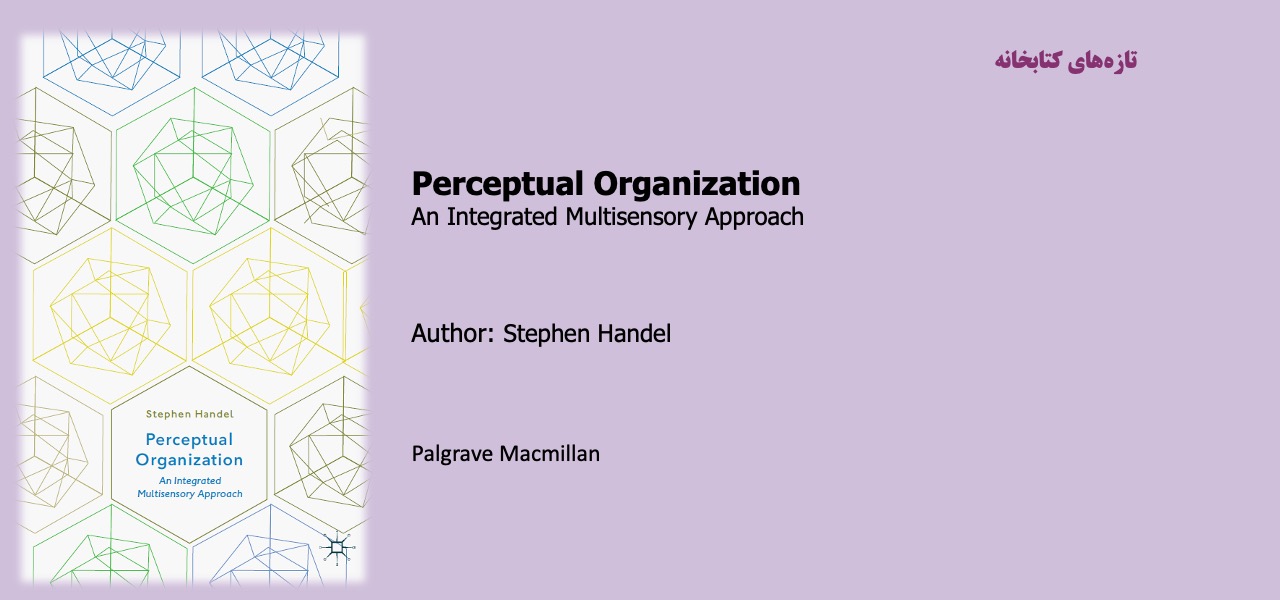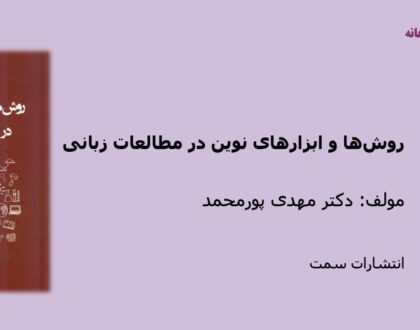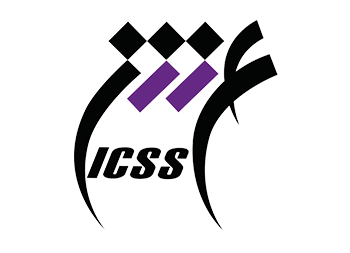Perceptual Organization

The goal here is to describe some of the processes underlying how the auditory, tactual and visual modalities and their combinations convert sensory inputs into two- and three-dimensional objects. Those processes are a mixed bag: some depend on cells tuned to various sensory properties, some depend on rhythmic firing in the nervous system, some depend on our knowledge about the environment and some depend on our expectancies about future events. Those processes are interlocked and interactive, and it amazing to me that those objects emerge so quickly and seamlessly. We can take a stab at understanding how these processes create our perceptual world, but a full understanding is in the future.
In writing this book, I have come to appreciate the contribution of Gunnar Johansson and how his notion of vector analysis can be applied to wide variety of perceptual problems. His initial research was based on movies of black-suited dancers with lights on their arm and leg joints. People were able to describe various actions of the dancers using only the trajectories of the lights placed on those joints. This outcome was surprising because the lights were unconnected, and people needed to track the relationships among individual lights to perceive among the dancers actions.
The movies are captivating, but for me, the importance of Johansson’s research lies in the conceptualization that there are levels of temporal and spatial structure so that the interpretation of any level depends on interpretation of all the other levels. The motion of faster lights on the hands are not perceived as if they were in isolation, they are perceived in relation to the movement of the slower lights on the body. The vector analysis provides a way to understand how the motion of the faster lights is split into that part common to the slower lights plus that part which is unique.
مطالب مرتبط

آموزش مقدماتی کارکردهای اجرایی
۱ / خرداد / ۱۴۰۳

دستنامه عصبشناسی زبان آکسفورد
۱ / خرداد / ۱۴۰۳

روشها و ابزارهای نوین در مطالعات زبانی
۱ / خرداد / ۱۴۰۳

